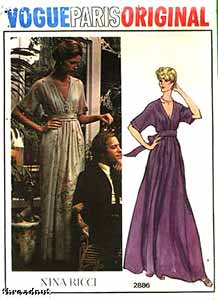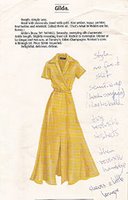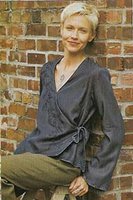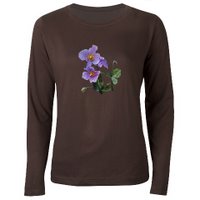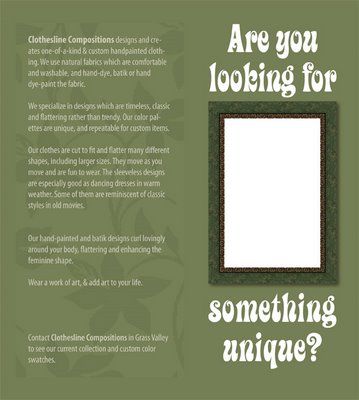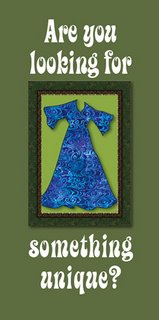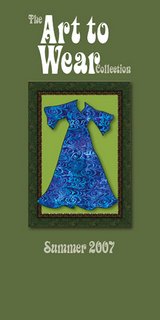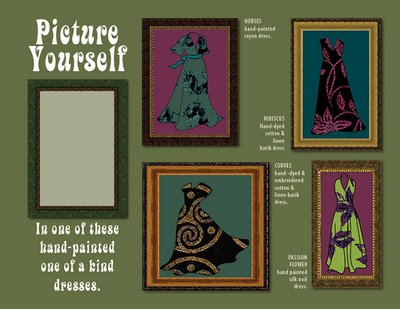Regency-inspired dresses and fabrics April 2014 (written 4/16/2014)
This spring I was taking a costume history (fashion history) class. And one assignment we had was to design some modern clothing inspired by a historical period.
In the days when I was an active Society for Creative Anachronism member, I designed, drew patterns for, and made 12th century and Renaissance clothes for myself. But for this assignment, I decided to do Empire/Regency inspired designs, since I knew from my long-ago experience that those dresses, if cut right, could be flattering. If not, like the granny dress revival from the 60s, they can look like a sack of potatos tied with a string.
The secret, also mostly not apparently known by the designers of recent empire-waist tops, is that they have to flare from that high waist, not be cut straight.
The fun thing about doing this type of assignment today is the great research possibilities for the historical references. Even the current costume books may have larger color pictures, compared to 20th century ones. But of course, the internet sources are the great difference.
Turns out there are thriving Regency/Jane Austen communities out there, including commercial patterns drawn to re-create real period designs, which have to be worn over period underthings or they won't fit. (No wonder some of the period paintings and drawings, like some by Ingres, don't look right in their proportions. Their stays pushed the bust way, way up.)
But of course, I was doing modern clothes designs, in fact, things I might want to wear myself. And, since my clothes designing has always been fabric-driven, and since textile design is now my passion, first I had to design the fabrics...
Besides some overall prints, I wanted some border prints which might look like embroidery patterns. And I will be making engineered versions which can be placed around curved, flared hems and necklines, as well as straight for on sleeves.
This stripe is not like any period fabric, although maybe it has a little rococo flavor. But I like it on this dress. I designed it smaller, but liked the effect when I stretched it larger to put on the drawing, so I made a larger version of the fabric too. There's a link on the picture to one of the fabric pages at Spoonflower. I will be making one even taller too, and soon this large-scale darker one with a textured background will be available.
**Other versions coming, including border prints which look fairly in period, one based on a vintage copper batik stamp.
And, I'm working on some fabrics to recreate the big surprise I found in my research - shawl dresses in rich colors with deep borders, made from imported Kashmir shawls, or the European copies made in merino wool. Josephine had several. They weren't always wearing those drafty transparent white muslins...
Labels: 2014, art history, clothing design, costume, design, drawing, dresses, Empire dresses, fabric, fabric design, fashion history, me, Regency dresses, school, sewing, Spoonflower










